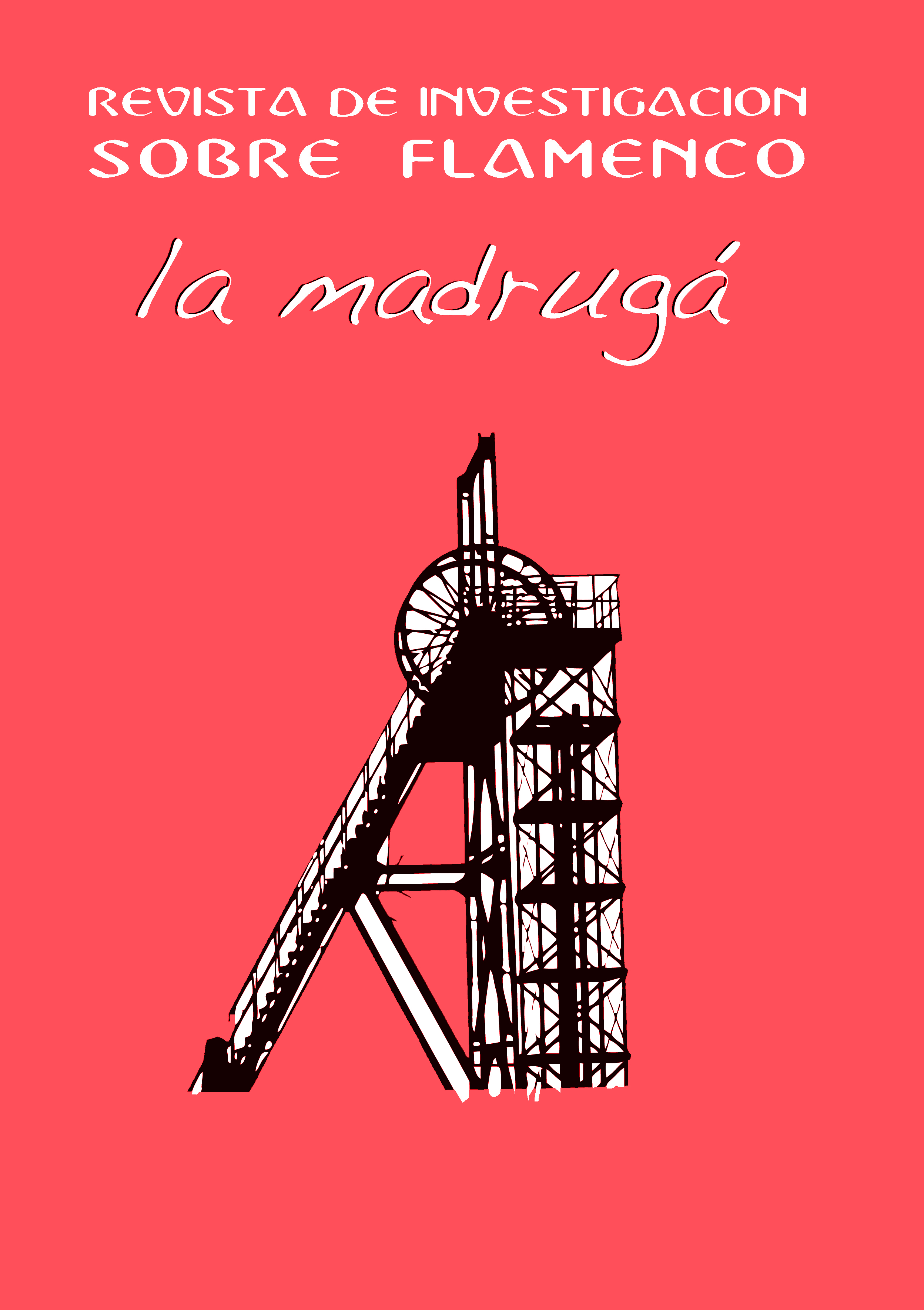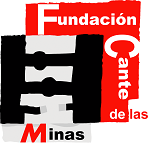La huella del flamenco en el primer cine español
Abstract
From an early age, Spanish cinema has been nourished by the few artists who really succeeded in song and radio at the beginning of the last century, even with the disadvantages that this harbors, having to synchronize film and record for years in commercial shows. They are one more element in the construction of these films and in many cases their acting effectiveness depends more on the director than on their talents. They are artists who in most cases make sporadic forays into the cinema. Only a few will achieve continuity when it comes to participating in movies. While women are the ones who mostly triumph and are better weighted in the field of popular song, in the field of flamenco, it is especially men who stand out, especially in singing, and they in dancing. The most prominent and international of these actresses is Raquel Meller. But, we must not forget Pastora Imperio, who, despite her first three feature films being lost, precedes all of them in filmmaking and stands out among all in flamenco, creating her own style.
Downloads
-
Abstract1160
-
PDF (Español (España))852
References
BLAS VEGA, José y RÍOS RUIZ, Manuel (1988). Diccionario Enciclopédico Ilustrado del Flamenco. Madrid: Ediciones Cinterco.
COBO GUZMÁN, Eugenio (2013). El flamenco en el cine. Sevilla: Signatura Ediciones
GARCÍA MATOS, Manuel (1987). Sobre el flamenco. Madrid: Editorial Cinterco.
GUICHOT Y SIERRA, Alejandro (1922). Noticia histórica del folklore. Orígenes en todos los países hasta 1890. Desarrollo en España hasta 1921. Sevilla: Hijos de Guillermo Álvarez.
LAFUENTE ALCÁNTARA, Emilio (1865). Cancionero popular (tomo I). Madrid: Carlos Bailly-Bailliere.
PINEDA NOVO, Daniel (1991). Las folklóricas y el cine. Huelva: Festival de Cine Iberoamericano de Huelva.
ROMÁN, Ignacio (2006). Crónicas de la copla. Madrid: Fundación Autor.
ROMÁN, Manuel (1994). Canciones de nuestra vida. Madrid: Alianza Editorial.
ROMÁN, Manuel (2000). La copla: la canción tradicional española, la tonadilla, sus orígenes populares, los mejores intérpretes. Madrid: Acento Editorial.
ROMÁN, Manuel (1993). Memoria de la copla. La canción española de Conchita Piquer a Isabel Pantoja. Madrid: Alianza Editorial. Madrid.
SALA NOGUER, Ramón (1990). El cine en la España republicana durante la Guerra Civil (1936-1939). Bilbao: Ediciones Mensajero.
SALAÜN, Serge (1990). El cuplé (1900-1936). Madrid: Espasa-Calpe.
SERRANO, Alfredo (1925). Las películas españolas (Estudio crítico-analítico de desarrollo de la producción cinematográfica en España. Su pasado, su presente y su provenir). Barcelona: Autor.
VALLS GORINA, Manuel y PADROL, Joan (1990). Música y cine. Barcelona: Ultramar Editores.
VALVERDE, Salvador (1980). El mundo de la Zarzuela. Madrid: Palabras S.A. Editorial.
VÁZQUEZ MONTALBÁN, Manuel (1974). Cancionero general (1939-1971). Barcelona: Editorial Lumen.
Las obras que se publican en esta revista están sujetas a los siguientes términos:
1. El Servicio de Publicaciones de la Universidad de Murcia (la editorial) conserva los derechos patrimoniales (copyright) de las obras publicadas, y favorece y permite la reutilización de las mismas bajo la licencia de uso indicada en el punto 2.
2. Las obras se publican en la edición electrónica de la revista bajo una licencia Creative Commons Reconocimiento-NoComercial-SinObraDerivada 3.0 España (texto legal). Se pueden copiar, usar, difundir, transmitir y exponer públicamente, siempre que: i) se cite la autoría y la fuente original de su publicación (revista, editorial y URL de la obra); ii) no se usen para fines comerciales; iii) se mencione la existencia y especificaciones de esta licencia de uso.
3. Condiciones de auto-archivo. Se permite y se anima a los autores a difundir electrónicamente las versiones pre-print (versión antes de ser evaluada) y/o post-print (versión evaluada y aceptada para su publicación) de sus obras antes de su publicación, ya que favorece su circulación y difusión más temprana y con ello un posible aumento en su citación y alcance entre la comunidad académica. Color RoMEO: verde.









